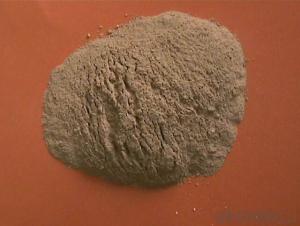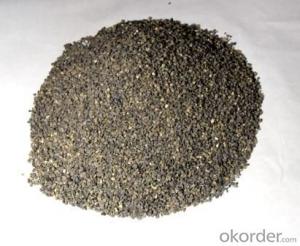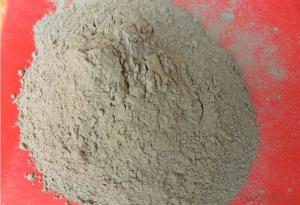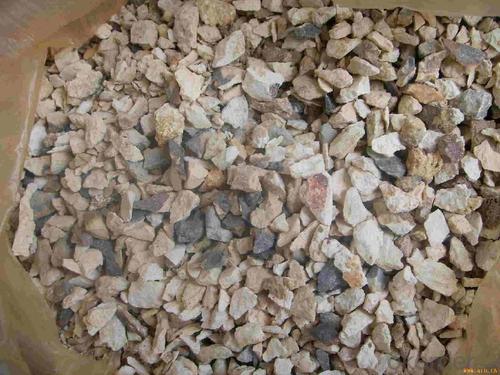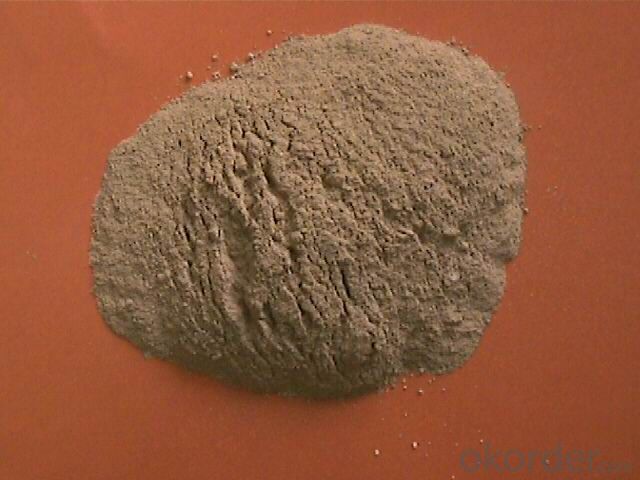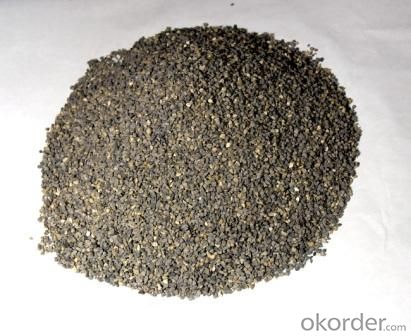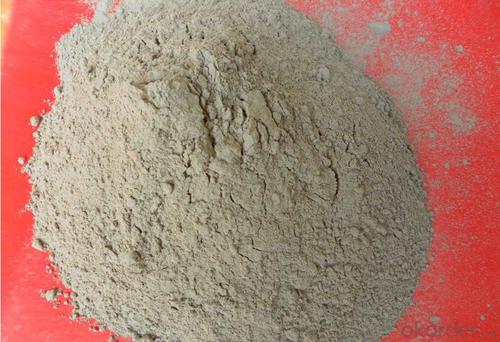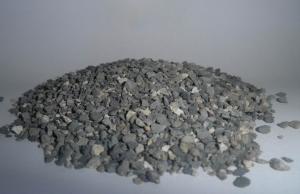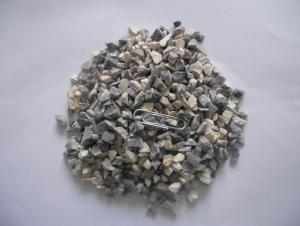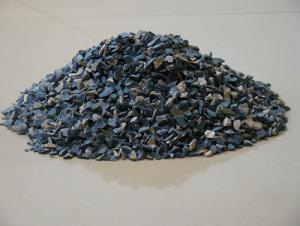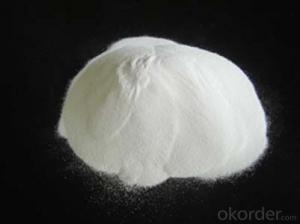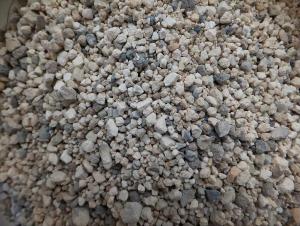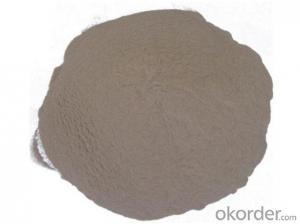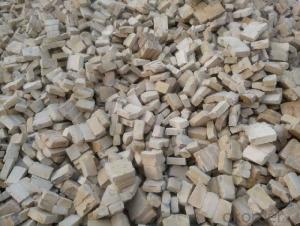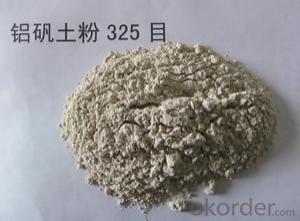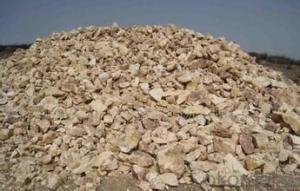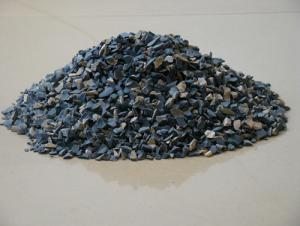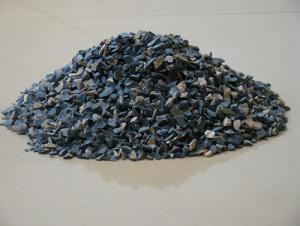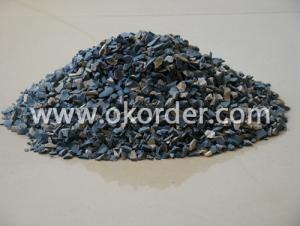82% size 200mesh of Rotary Kiln Calcined Bauxite for High-Alumina Cement
- Loading Port:
- Tianjin
- Payment Terms:
- TT OR LC
- Min Order Qty:
- 25 m.t.
- Supply Capability:
- 30000 m.t./month
OKorder Service Pledge
OKorder Financial Service
You Might Also Like
82% size 200mesh of Rotary Kiln Calcined Bauxite for High-Alumina Cement
Specifications
1,Manufacturer-Direct sale
2,Good fireproof insulation
3,High bulk density
Calcined bauxite
Bauxite is earthy mineral which consists mainly of Al2O3 , a kind of hydrated alumina containing impurities. According to the usage, It can be divided into the levels of Metallurgy, chemical industry, grinding, cement, and refractory. Clinker is pale yellow and dark grey. It is mainly used for high aluminum refractory material, and also can be used to make the fused corundum. Our materials of calcined bauxite is mainly D-K Style Bauxite Ore.
Product Description:
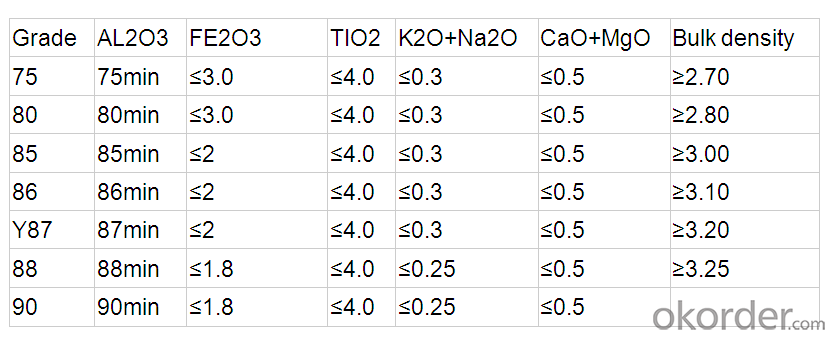
Usage
(1) aluminium industry. Used in national defense, aerospace, automotive, electronics, chemical industry,
daily necessities, etc.
2 precision casting. Alumina clinker made after the mould precision casting processed into fine powder.
Used in military industry, aerospace, communications, instrumentation, machinery and medical equipment department.
(3) is used for refractory products. High bauxite clinker refractoriness is as high as 1780, chemical stability strong,
and good physical properties.
(4) aluminum silicate refractory fiber. With light weight, high temperature resistance, good thermal stability,
low thermal conductivity, heat capacity is small and the advantages of resistance to mechanical shock.
Used in iron and steel, nonferrous metallurgy, electronics, petroleum, chemical, aerospace, atomic energy,
defense and other industries.
(5) in magnesia and bauxite clinker as raw materials, add the appropriate binder,
used for pouring ladle whole ladle lining has particularly good effects.
(6) manufacture alumina cement, abrasive materials,
ceramic industry and chemical industry can be aluminum of various compounds
Product Pictures:
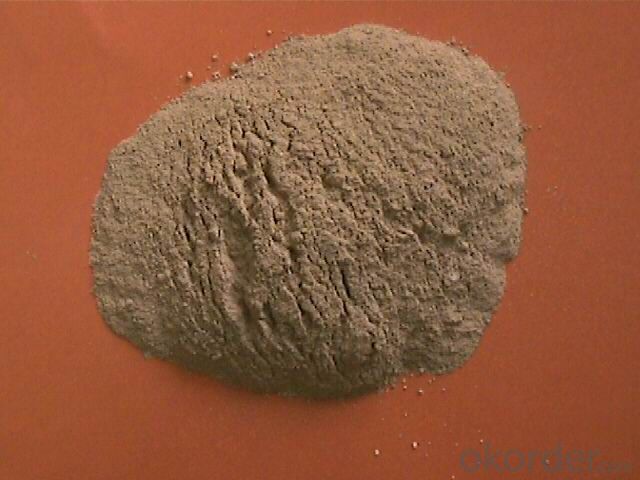

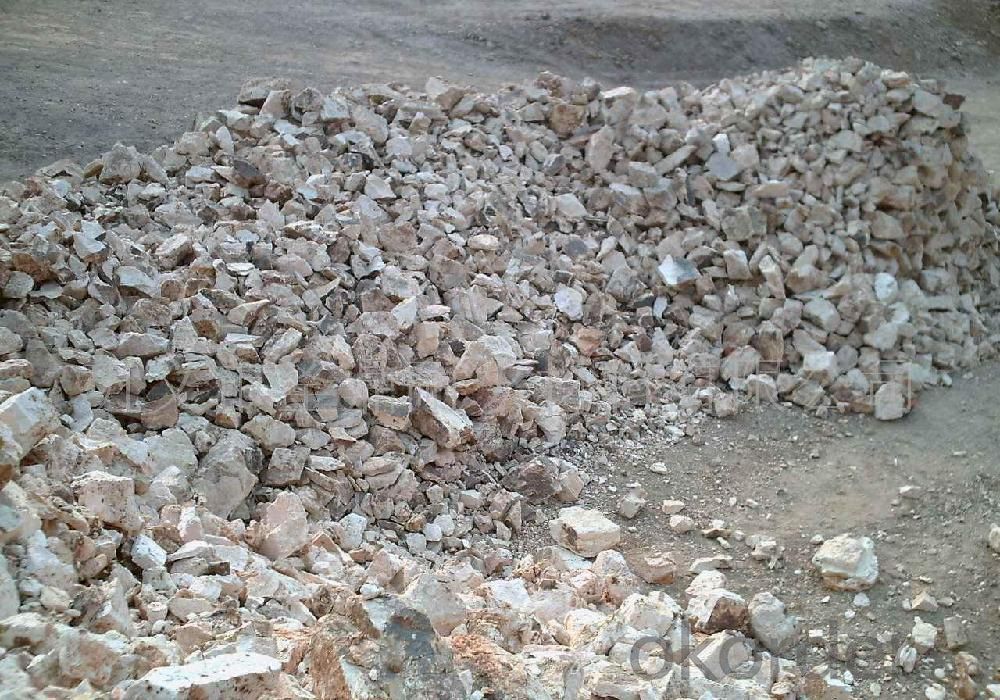

If you’ve kind enquiries, please don’t hesitate to let us know. ^_^
- Q: How many kinds of A-level fireproof and thermal insulation materials are there?
- Inorganic insulation materials basically can achieve the goal, such as glass wool, rock wool, and foam glass. The phenolic foam in the organic foam material is special. Phenolic foam is not only good at insulation, but also good at compounding with steel and other materials to achieve A-level performance, and the A-level insulation materials are: Rock(ore) wool, foam glass and inorganic thermal insulation mortar.
- Q: Is fireclay poisonous?
- Refractory materials are typically oxides, alumina, magnesium oxide and aluminate cement and etc, which are non-toxic.
- Q: Is the ball mill used in production of refractories?
- It will be used. It is used in the process of milling the raw material which is less demanding on technology and in relatively large amount. Is there lots of network marketing for refractory industry? Is the competition fierce on the Internet?
- Q: What are the characteristics of magnesium fireproof plate
- Features: Glass magnesium plate is high temperature resistant, sound absorbing, and capable of preventing water, pests, dampness, corrosion, poison, pollution. Paint can directly be applied to the surface of the plate. Air nails are usable for the plate, to which ceramic tile can also be applied with good pigmentation. The plate is easy to decorate, has high strength, good flexibility when bending, and can be nailed, sawed, glued It can also be made into thermal insulation materials with a variety of compround composite insulation plate. Characteristic: Magnesium plate glass is high temperature resistant, sound absorbing, and capable of preventing water, pests, dampness, corrosion, poison, pollution. Paint can directly be applied to the surface of the plate. Air nails are usable for the plate, to which ceramic tile can also be applied with good pigmentation High strength, flexibility when bending, convenient for decoration. It can be sawed, nailed, and glued.
- Q: How to deiron refractory?
- Deironing refractory can take physical methods into consideration, such as magnetic?separation, reselection, etc. And it can also take chemical methods, such as flotation.
- Q: Who knows about the fire endurance of grade C fire doors?
- The fire endurance of grade C fire doors is no less than 0.5 hours. As the key role of family fireproofing, fire doors is particularly important. It can be classified according to the fire endurance and thermal insulation performance: The fire endurance of grade A fire doors is not less than 1.5 hours; that of grade B fire doors is not less than 1.0 hours; and that of grade C fire doors is not less than 0.5 hours. The most important property of fire doors is the fire resistance period.
- Q: Which one is the best refractory material?
- o make it simple, you can kindle it, and observe the burning time. If there is a professional need to be accurate, then you can send it to the professional testing company. As far as I know, the Kebiao Company over the victory bridge, Qingdao can offer professional test. I hope my answer can help you, thank you, hope to be adopted.
- Q: how to classify Insulating Refractory ?
- Low-temperature thermal insulation materials (less than 600 degrees Celsius): medium temperature thermal insulation materials such as diatomaceous earth, asbestos tile (600-1200 degrees C): high temperature thermal insulation material vermiculite, light clay bricks(greater than 12,000 degrees Celsius): Lightweight corundum brick raw materials: Clay, high aluminua, silica, magnesia
- Q: Fire insulation and fireproof insulation board materials What is the difference in performance?
- Fireproof Materials prevents burning through insulating while others by chemical reactions. The overall heat conductivity coefficient of Insulation materials are generally lowered by thermal conductivity of the material itself and the structure of it. Inorganic active insulation material uses ordinary cement, insulation stone, calcium powder, Platycodon grandiflorum as the main raw material.
- Q: What are grades of refractory materials?
- Refractories have lots of varieties which all have different purposes. It is necessary to classify refractories scientifically in order to scientifically study, choose and manage them. Classification methods of refractories include chemical properties classification, chemical composition of mineral classification, manufacturing technique classification, morphology of the material classification. 1 divided according to the level of refractoriness: ordinary refractory materials: 1580 ℃ - 1770 ℃, advanced refractories: 1770 ℃ - 2000 ℃ and super refractories: above 2000 ℃ 2, divided in accordance with shapes and sizes : Standard ones: 230mm × 113mm × 65mm, no more than four ruler, (ratio) Max: Min < 4: 1; Shaped ones: no more than two-entrant, (ratio) Max: Min < 6: 1 or having a acute angle of 50 - 70 °; The specific type :( ratio) Max: Min < 8: 1 or having no more than 4-entrants or having an acute angle of 30 - 50 °; and Special products: crucible, containers and tubes. 3, divided according to the method of manufacturing: burned products, non-burned products and unshaped refractories 4. divided according to the chemical properties: acidic refractory materials, neutral refractory materials and basic refractory materials.
Send your message to us
82% size 200mesh of Rotary Kiln Calcined Bauxite for High-Alumina Cement
- Loading Port:
- Tianjin
- Payment Terms:
- TT OR LC
- Min Order Qty:
- 25 m.t.
- Supply Capability:
- 30000 m.t./month
OKorder Service Pledge
OKorder Financial Service
Similar products
Hot products
Hot Searches
Related keywords

